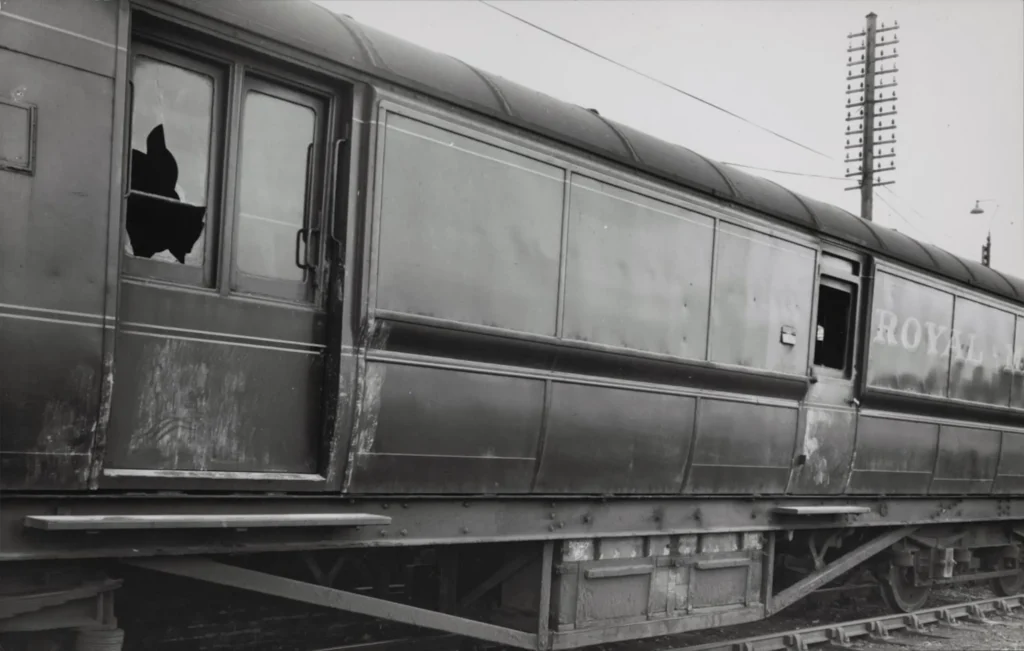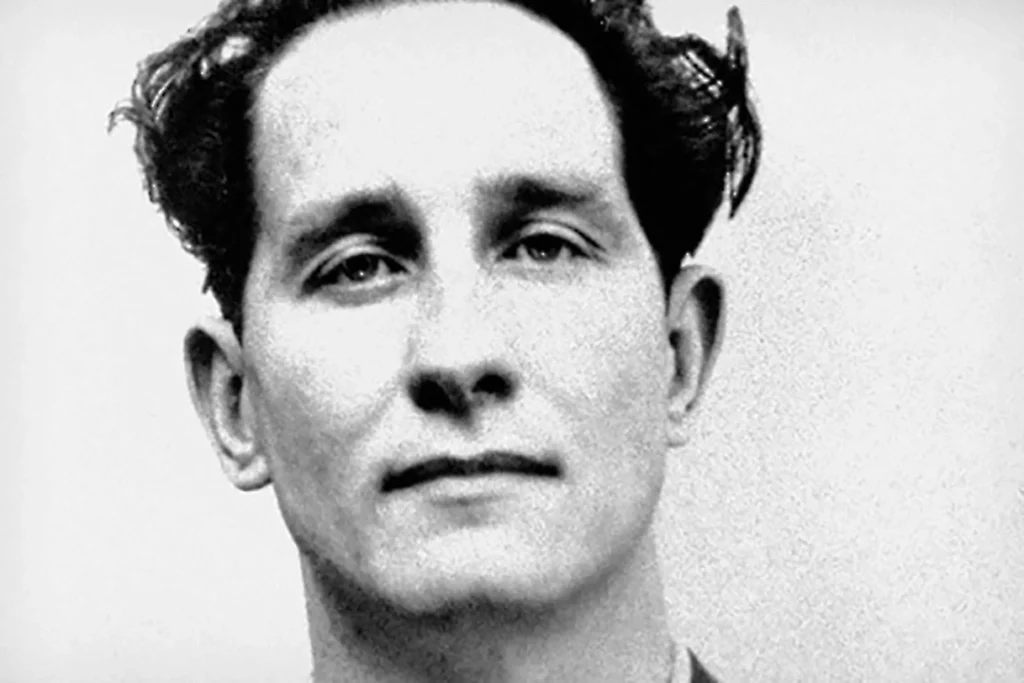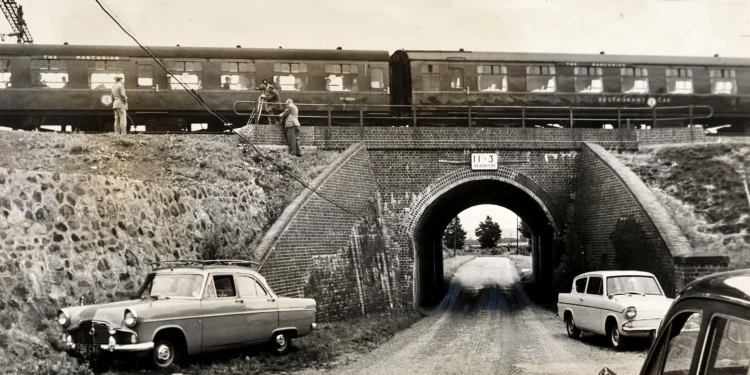Setting the Scene for a Grand Theft
As we travel back in time to the same month, six decades ago, we find ourselves amidst a tale of audacity and intrigue. 15 bold criminals crafted a heist plan that would see them swiping £2.6 million in bank notes from an unsuspecting Royal Mail train.
The Global Reaction
On the night of August 8, 1963, newsrooms across the globe buzzed in anticipation. A story that unfolded in a quintessentially British setting was about to grab global headlines. At the helm of this intricate operation was Bruce Reynolds, who, with his team, intercepted the Royal Mail train at the Bridego railway bridge in the tranquil environs of Ledburn, Buckinghamshire. Their bounty, when adjusted for today’s economic standards, equals an eye-watering £50 million.

Masterminds at Work
The hallmark of this heist was its sheer precision. Each move, carefully calibrated, ensured the actual theft lasted a brief 15 minutes. Their swift execution meant an initial clean getaway. However, the law’s long arm was soon in pursuit. Despite their meticulous planning, a majority of the gang found themselves behind bars, though three managed to remain shadows.
A Cultural Phenomenon
Such was the magnitude and audacity of the Great Train Robbery that its legend has permeated through decades. It has been immortalised through literature, cinema, and documentaries, each retelling ensuring a fresh wave of intrigue among newer generations.
The Intriguing Tale of Ronald ‘Buster’ Edwards
Among the criminals, Edwards’ journey post-heist was a roller coaster. While he initially sought solace in Mexico with his family, the call of his homeland was irresistible. Back in London, Edwards endeavoured to embrace normalcy, even establishing a flower stall at Waterloo Station. But destiny had other plans. Another robbery saw him incarcerated once more. His post-prison life was marked by adversity, leading to his tragic end in 1994. Edwards’ tumultuous life, replete with highs and lows, gave birth to various creative renditions, including the memorable 1988 film, “Buster.”
Victims Beyond the Criminals
The robbery’s repercussions weren’t limited to the criminals. Innocents like train driver, Jack Mills, bore the brunt. He sustained grievous injuries during the robbery, which cast a long shadow over his life. His subsequent early death in 1970 was a testament to the heist’s profound personal consequences.

The Saga of Ronnie Biggs
Among the criminals, Biggs was an enigma. His 1965 prison escape began a global escapade. He changed identities, countries, and even his very appearance. Despite the thrill of evasion, Biggs, perhaps missing home, returned to the UK in 2001. His return wasn’t without consequence. Yet, even within prison walls, his legend grew, leading to unexpected collaborations like the one with the Sex Pistols. But life’s ebb and flow caught up, and Biggs departed in 2013.
The Heist’s Lasting Legacy
The Great Train Robbery was a watershed moment, prompting sweeping changes. The Royal Mail overhauled its security infrastructure. More significantly, it reshaped modern investigative techniques, introducing law enforcement to the realms of fingerprinting, CCTV surveillance, and pioneering DNA testing methodologies.
In its entirety, the Great Train Robbery is not merely a chapter from a bygone era. It underscores the intersection of crime, its societal impacts, and the evolution of criminal investigative paradigms.








